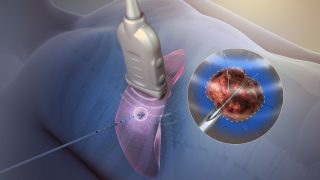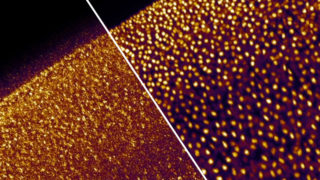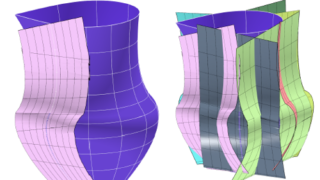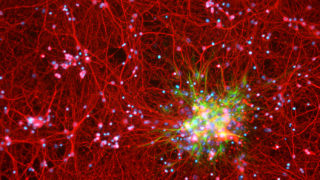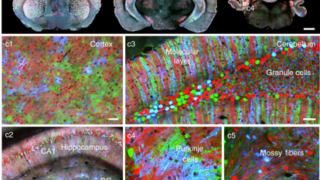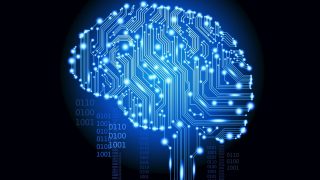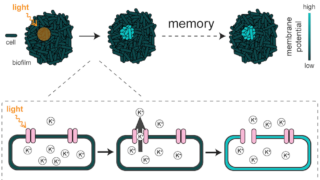
Bacterial communities can store memories
Author: María Girbés Mínguez is a doctoral student at Center for Molecular Neurobiology Hamburg (ZMNH) / UKE (University Medical Center Hamburg-Eppendorf) A recent study published in the journal Cell Systems uncovered that bacterial communities (biofilms) can store complex patterns of information through membrane potentials at the cellular level, in a similar way to neurons. But […]
